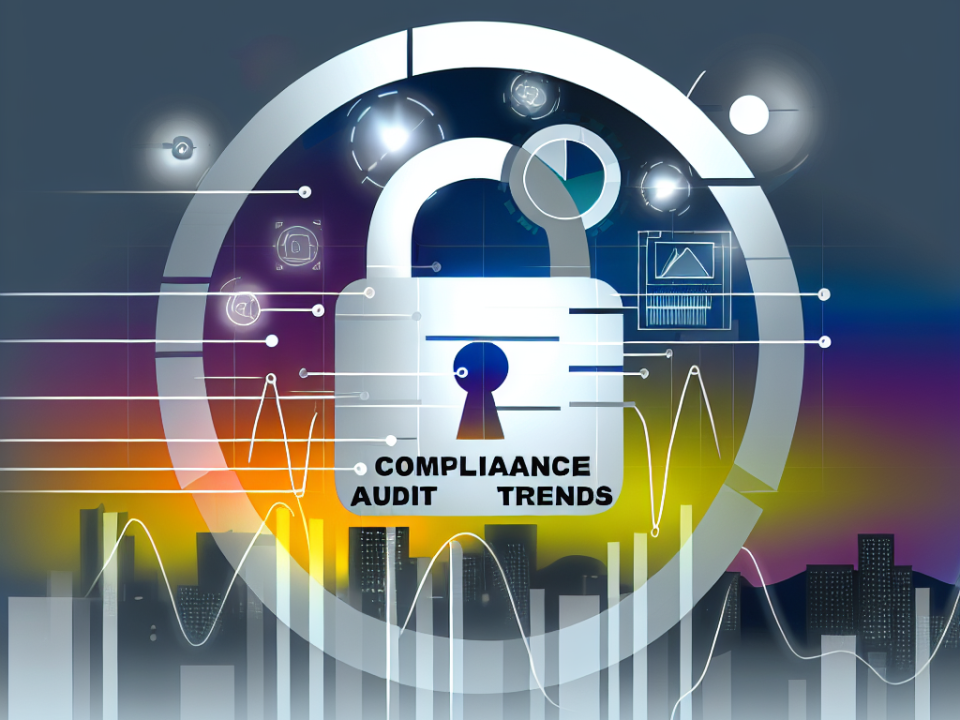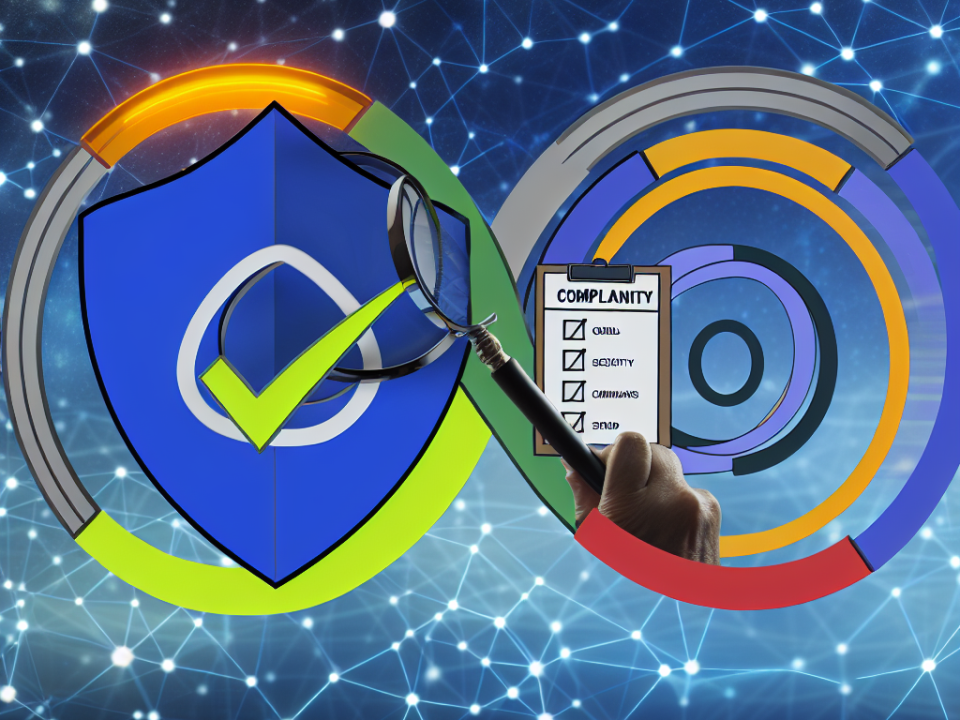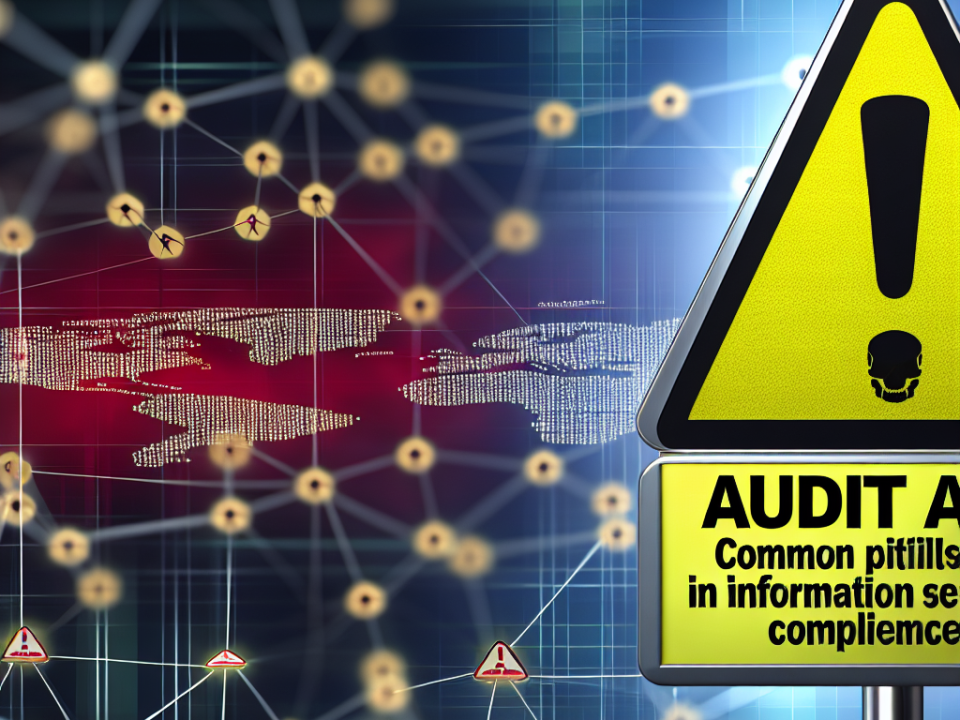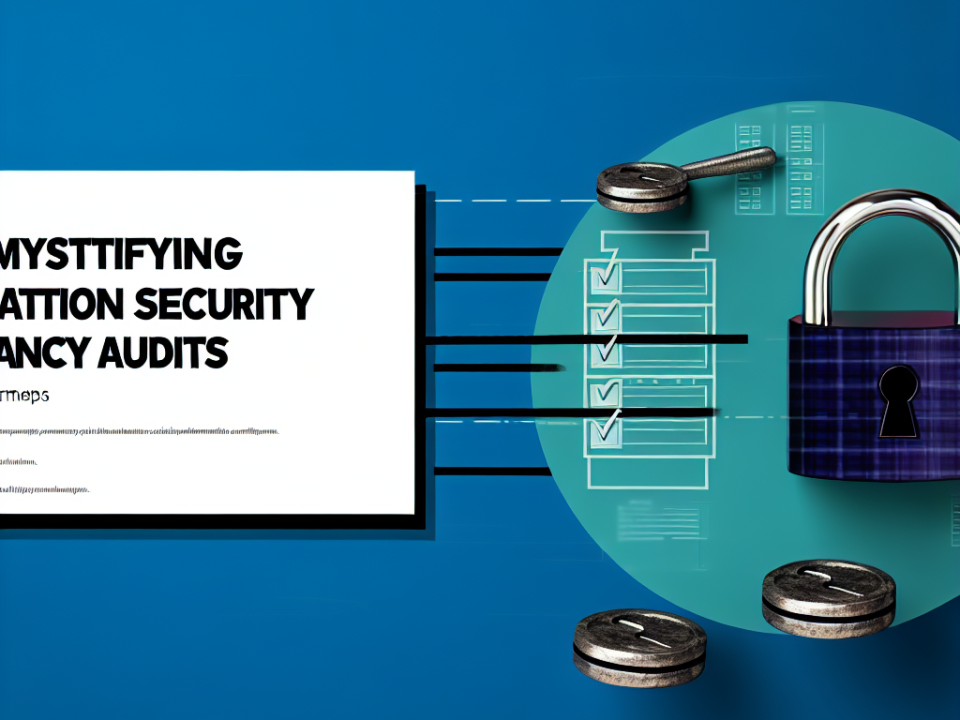
Emerging Threats: What the Future Holds for Cybersecurity in a Hyper-Connected World
July 23, 2025
Unlocking Resilience: Preparing for the Cybersecurity Challenges of 2030
July 24, 2025
In today’s digital landscape, where cyber threats are increasingly sophisticated, organizations must prioritize security compliance. Beyond merely adhering to regulations, fostering a culture of security compliance can significantly enhance overall risk management and protect sensitive data. This article outlines effective strategies for building such a culture within your organization.
Understanding Security Compliance
Security compliance refers to an organization’s ability to adhere to legal, regulatory, and industry standards concerning information security. Compliance may involve frameworks like GDPR, HIPAA, ISO 27001, and more. While achieving compliance can seem daunting, cultivating a culture that values security is key to long-term success.
Strategies for Building a Culture of Security Compliance
1. Leadership Commitment
At the heart of any cultural shift is strong leadership. Leaders should demonstrate a clear commitment to security compliance through their words and actions. This can involve:
- Regularly communicating the importance of security compliance.
- Allocating resources to address compliance issues.
- Modeling compliant behavior to reinforce its significance.
2. Employee Education and Training
Continuous education is vital in ensuring that all employees understand security policies and procedures. Implement regular training programs that:
- Cover the fundamentals of compliance-related topics.
- Update staff about new regulations and threats.
- Use real-life examples to illustrate the consequences of non-compliance.
Remember, effective training should be engaging and tailored to different roles within the organization.
3. Employee Empowerment and Involvement
A culture of security compliance flourishes when employees feel empowered to contribute. Encourage participation by:
- Involving employees in the development and implementation of security policies.
- Creating a security champions program, where select employees advocate for compliance within their teams.
- Rewarding proactive behavior related to security, such as reporting potential threats or suggestions for improvement.
4. Integrated Security Policies
To create a coherent and effective approach to security, all departments should integrate security policies into everyday practices. This involves:
- Ensuring that security compliance is a shared responsibility across all levels of the organization.
- Regularly reviewing and updating policies to reflect changing regulations and emerging threats.
- Aligning security objectives with business goals to demonstrate the value of compliance.
5. Open Communication Channels
Promoting transparent and open communication can help in spotting potential compliance issues before they escalate. Organizations should:
- Create platforms for employees to express concerns or seek guidance on compliance-related matters.
- Foster a no-blame culture where mistakes can be discussed without fear of reprimand, promoting learning and growth.
- Regularly share updates about compliance status and improvements, reinforcing accountability.
6. Monitoring and Feedback
To ensure that the culture of security compliance is effective, organizations should:
- Implement regular audits and assessments to track compliance and security posture.
- Use metrics and KPIs to evaluate employee engagement and the understanding of compliance in the organization.
- Gather feedback from employees on existing policies and possible improvements, continuously refining the approach to compliance.
7. Celebrate Successes
Recognizing and celebrating successes in compliance can significantly enhance morale and reinforce the culture. Organizations should:
- Acknowledge achievements, such as successful audits or employee initiatives.
- Share success stories within the company to motivate others.
- Offer incentives or rewards for employees who effectively embody the security compliance culture.
Conclusion
Building a culture of security compliance is not an overnight task but an ongoing process that requires commitment from all levels of the organization. By implementing the strategies outlined above, organizations can ensure not only adherence to regulations but also create a proactive environment where security is embedded into the company’s DNA. Ultimately, a strong culture of security compliance leads to enhanced organizational resilience, stronger customer trust, and a robust defense against evolving cyber threats.







